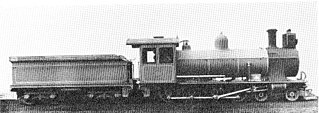
The South African type ZC tender was a steam locomotive tender from the pre-Union era in the Cape of Good Hope.

The South African type ZE tender was a steam locomotive tender.

South African steam locomotive tenders were classified by means of type letters and sometimes numbers, while locomotive specifications included a list of permissible tenders which could be used with each engine class.

The South African type YE tender was a steam locomotive tender from the pre-Union era in the Cape of Good Hope.

The South African type XF tender was a steam locomotive tender from the pre-Union era in Transvaal.
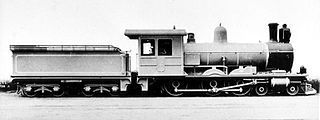
The South African type XD tender was a steam locomotive tender from the pre-Union era in the Cape of Good Hope.
The South African type SH tender was a steam locomotive tender from the pre-Union era in the Natal Colony.
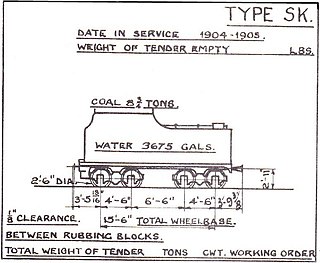
The South African type SK tender was a steam locomotive tender.

The South African type XM1 tender was a steam locomotive tender.
The South African type XC tender was a steam locomotive tender from the pre-Union era in Transvaal.

The South African type XC1 tender was a steam locomotive tender from the pre-Union era in the Cape of Good Hope.
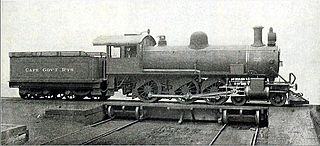
The South African type WE tender was a steam locomotive tender from the pre-Union era in the Cape of Good Hope.

The South African type MR tender was a steam locomotive tender.
The South African type LP tender was a steam locomotive tender.

The South African type KT tender was a steam locomotive tender.
The South African type MS tender was a steam locomotive tender.
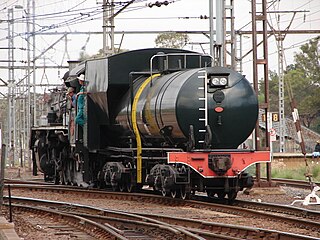
The South African type MX tender was a steam locomotive tender.
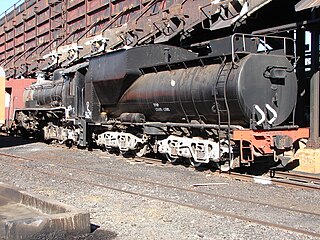
The South African type MY tender was a steam locomotive tender.




















